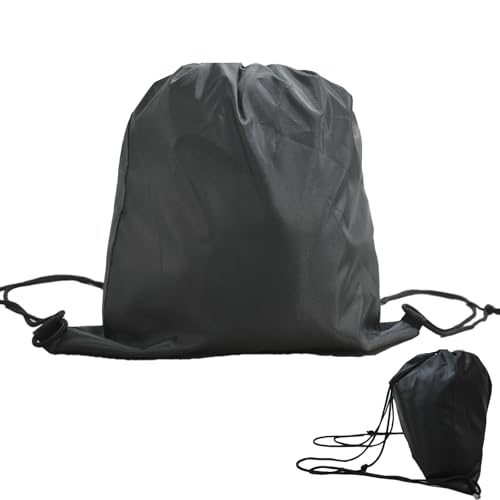Thread resurrection! How much drop have folks seen when running the meter off of a fuse block rather than straight from the battery? I ran mine through a switched blue seas fuse block and, comparing it with a good Fluke meter straight off the battery, can't really see much difference. Maybe .03v between the two. Would I expect a bigger difference with farkles running off the fuse block? This test was done with nothing other than the meter running.
Yes. Every connection and piece of wire has some (hopefully small) amount of resistance. Since there is no load (current) on the fuse block and it's supply circuit there would be little voltage drop on these added connections. As the load on the fuse block increases, so will the voltage dropped, causing more diffferential between the actual battery voltage and the datel display.
So the question is: What do you want (need) to know? Knowing the battery's absolute voltage during running is most important if you are trying to ensure that the alternator output is adequate to maintain the battery's charge. However, since the load reduced voltage display will be completely proportional to the battery's actual voltage, it can still be used as a relative display of the charging state.































































